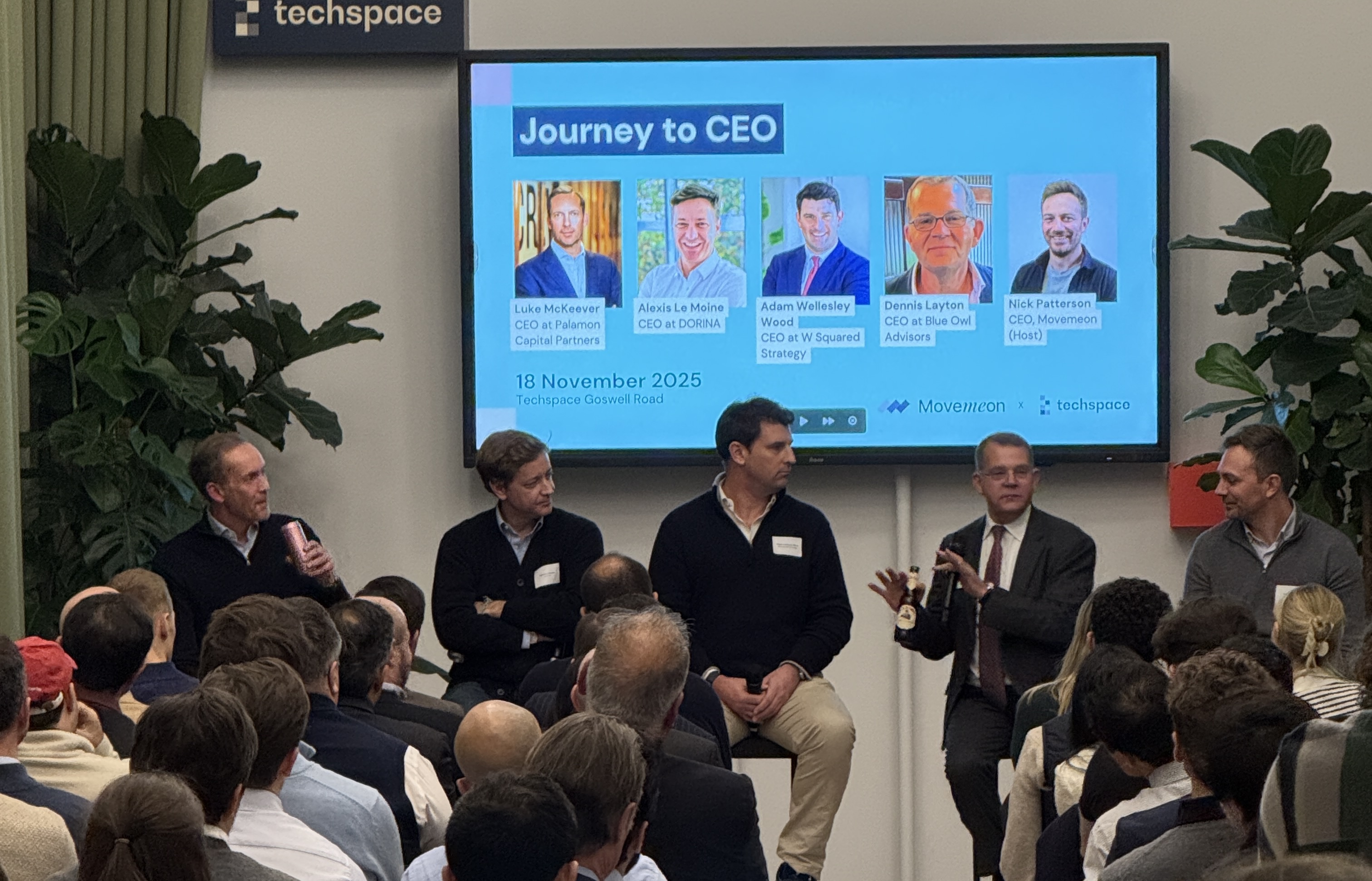12 usual activities of a Private Equity associate

Table des matières
Balises
Abonnez-vous à notre newsletter
The private equity series is a collection of articles written by Quentin, who moved from consulting to private equity through movemeon.You can find the others articles of the series here:
- All private equity funds were not created equal
- When to look for the boarding gate?
- 29 questions you should have answers to before accepting an offer
- The double-edged sword of working in private equity
- 9 principles to help you break in
A couple of weeks ago I had the opportunity to attendmovemeon’s Private Equity eventas a speaker. I found the discussion utterly interesting. In particular, I was surprised by how theoretical the image of private equity was in the mind of the audience. In many respects, this is normal – private equity funds do not hold workshops or Open House Days to help prospective hires understand how they operate in practice. Therefore, I thought it could be helpful to ‘raise the curtain’ and outline what the life as a junior in a PE fund could look like.The activities logically mirror the lifecycle of a portfolio company and, at a high level, we could divide them into two categories: ‘investing’ and ‘harvesting’.
THE INVESTING PHASE
It consists of discovering and assessing investment opportunities and purchasing the most promising ones. Practically speaking, the Junior Associate will assist with some or all of the following tasks:
- Sourcing investment opportunities by meeting with intermediaries (e.g. bankers, lawyers, consultants) and informally leveraging his/her and the firm’s network to discuss the latest industry trends and remain aware of the companies that may come up for sale in the short to medium term;
- Meeting sellers and management teams to establish the first interaction, introduce them to the firm and assess whether there could be mutual benefit in discussing a potential transaction. Unsurprisingly, sourcing and management meetings will require quite a bit of travel;
- Performing due diligence on the promising investment opportunities. Due diligences typically start as a ‘desktop exercise’ performed in-house, without any budget and therefore primarily relying on publicly available information and industry expert calls (the type of calls you would have already made when working on due diligences as a consultant). Appointment of external consultants are most often subject to Investment Committee approval and can cover a wide range of topics depending on the nature of the target: commercial, financial and operational are the most common areas, but you could also consider IT, legal, insurance, environmental and/or procurement & supply chain as worth an expert look. During the ‘deep due diligence’ phase, the Associate will coordinate and steer the various teams to ensure that they deliver a quality output on time;
- Estimating the expected investment returns using assumptions on future company performance and capital structure. This section is often referred to as ‘modelling’ and will eat a significant chunk of an Associate’s time in an investment process. Although the exercise can seem a bit daunting for novice consultants (who are not as well prepared as their M&A bankers counterparts), it becomes relatively systematic after a few months of practice. Expect nonetheless to spend more time than usual on this part of the job in the early stages of your PE career;
- Supporting and/or managing the investment process which includes modelling and Investment Committee memo preparation (see the two points below) but also advisor appointment, briefing and steering, sell-side meeting scheduling and preparation (including management Q&A sessions, site visits, meeting with vendor due diligence consultants etc.), term sheet negotiation (both with the seller through a SPA and with the future management team through a management equity plan) and closing process management;
- Preparing the Investment Committee memos (Word or PowerPoint documents) which will bring the Investment Committee members up to speed with the opportunity, the investment thesis and the progress made to date. Depending on the firm, the memos will be required at more or less pre-defined milestones throughout the investment process and will contain a more or less well-defined list of items (notwithstanding the length of such memos, which are expected to thicken as the investment thinking matures but still heavily depends on the firm’s culture).
THE HARVESTING PHASE
It consists of making those investments bear fruits while ensuring that the firm and its investors are regularly updated about the company’s performance, achievements and potential issues. The jJuniorAssociate will be involved by:
- Supporting the creation and the implementation of the ‘value creation plan’(often known as a ‘100-day plan’), a roadmap jointly designed by the management team and the PE fund and aimed at agreeing on the key strategic and operational priorities which need to be tackled very early in the investment lifecycle in order to achieve the investment thesis. The management team is most often in charge of implementing the value creation plan, but the PE Associate may be required to monitor progress as PMO (very similar to a consulting assignment) and assist on key initiatives when required;
- Providing assistance to management throughout the investment holding period. The degree of involvement will depend on the Associate’s available bandwidth, the PE firm’s culture (some are more ‘hands-on’ than others) and the investment performance (companies in good shape require less attention). The PE firm’s expertise is particularly valuable to support add-on acquisitions since management teams may have limited M&A experience;
- Monitoring and optimising the financial structure of portfolio companies. To maximise returns on equity, PE funds load their target companies with debt and expect the debt to be repaid throughout the life of the investment. The optimal quantum of debt results from a trade-off between the ‘return on equity’ boost and the increased risk of bankruptcy (i.e. the company does not have enough cash to repay its bank commitments) or bank covenant breach (i.e. the financial performance of the company falls below certain thresholds contractually agreed with debt holders) leverage generates. The Associate is expected to continually ensure that this balance is optimal and suggest adjustments (typically dividend recaps or equity inflows) when required;
- Preparing internal reporting documents, which are typically circulated and discussed on either a monthly or a quarterly basis depending on the firm. These documents provide an update on each company’s actual financial performance compared with budget and investment case as well as a more qualitative view on latest developments.
- Preparing reporting material for limited partners (‘LPs’), who are updated on the performance of the fund (both at aggregated and portfolio level) on a quarterly basis;
- Coordinating the company sale process including an appointment of sell-side advisors, support in the preparation of vendor due diligence documents, organisation of meetings with potential acquirers and management of negotiation-related documents (e.g. termsheets).
I have not talked about work/life balance or even the relative importance of each of those tasks, for the very simple reason that those considerations heavily depend on the PE firm. In particular, some firms have built ‘portfolio groups’ which support deal teams in the commercial and operational aspects of due diligence and/or portfolio management; as a consequence, the investment Associate should spend more time on transaction sourcing and execution. Meeting people and asking questions are the only way for the prospective candidate to build a fully-informed picture.
Where Talent Meets Opportunity
Our exclusive network use us to find job that fit their skills, and thousands of Employers trust us to hire exceptional talent. Choose the path that matches your goals - start exploring or start hiring.
Nos derniers articles
Nous publions régulièrement des articles actualisés pour vous tenir au courant de l'actualité du marché et de notre travail.
.png)
A record quarter for Private Equity deals sees a sharp hardening in the hiring market
Talent supply tightens as PE demand surges: Inside Q4’s hardest hiring market in two years, where Private Equity accelerates, scale-ups hold steady, and Large Enterprises struggle to attract strategy and transformation talent.

What we can all learn from Private Equity about talent - McKinsey, HBR and our analysis
Private Equity has become one of the most influential forces in business, outperforming public companies through disciplined value creation and exceptional talent strategy. This article explains how PE achieves its results and why demand for ex-consulting talent is rising across the industry.
Joignez-vous à notre offre exclusive communauté mondiale
Recevez des données et des informations exclusives sur les salaires, l'analyse comparative, et des entretiens avec l'industrie pour bâtir une carrière qui vous convient.
Créez un compte dès aujourd'hui et commencez à rechercher des rôles dans moins de cinq minutes.





